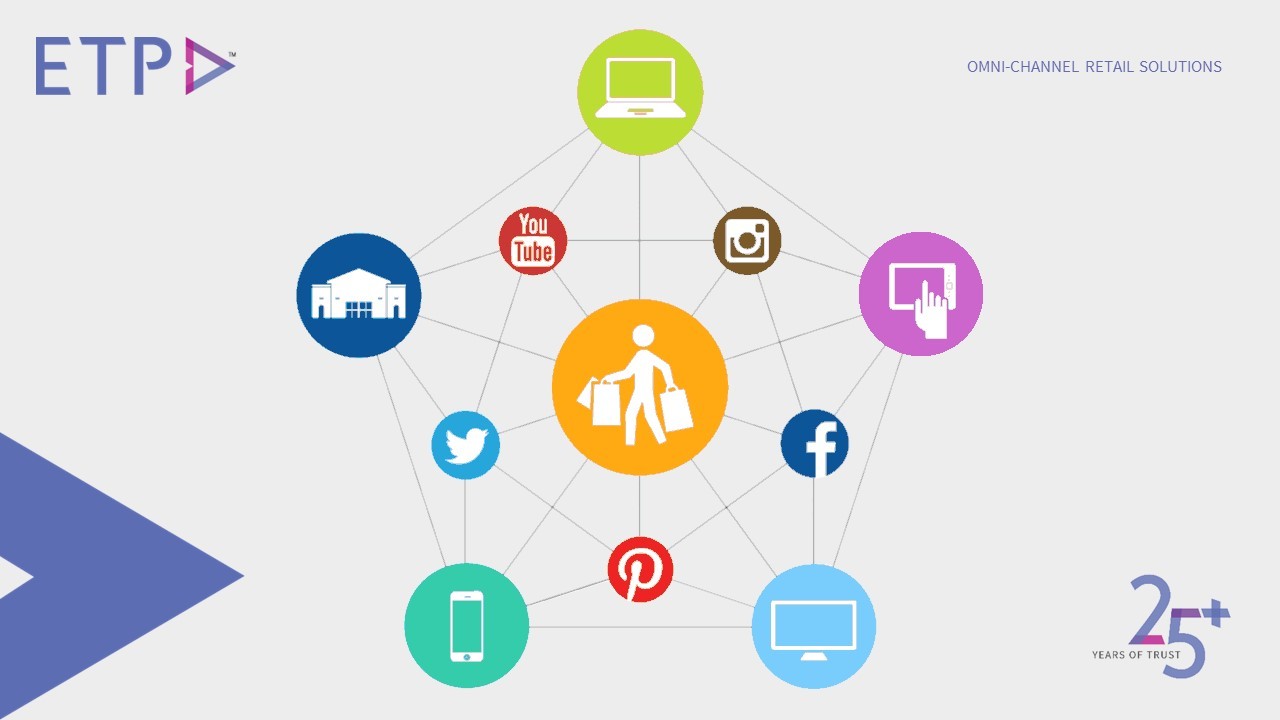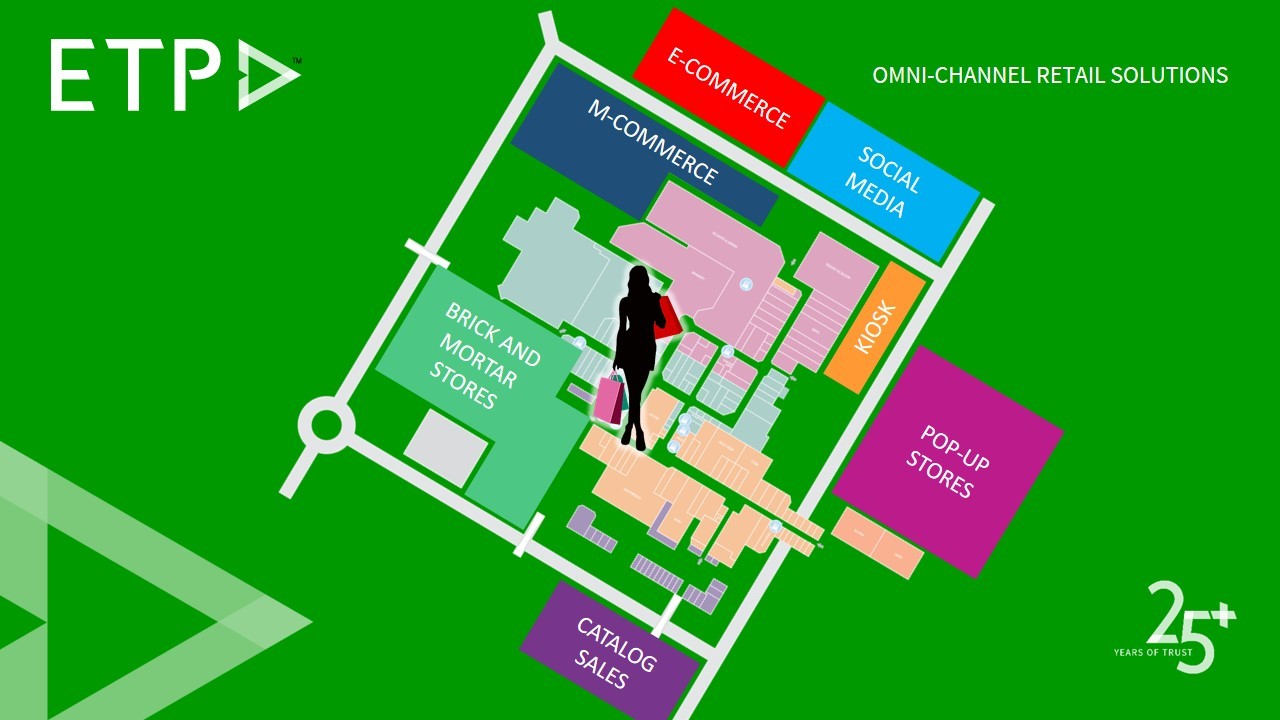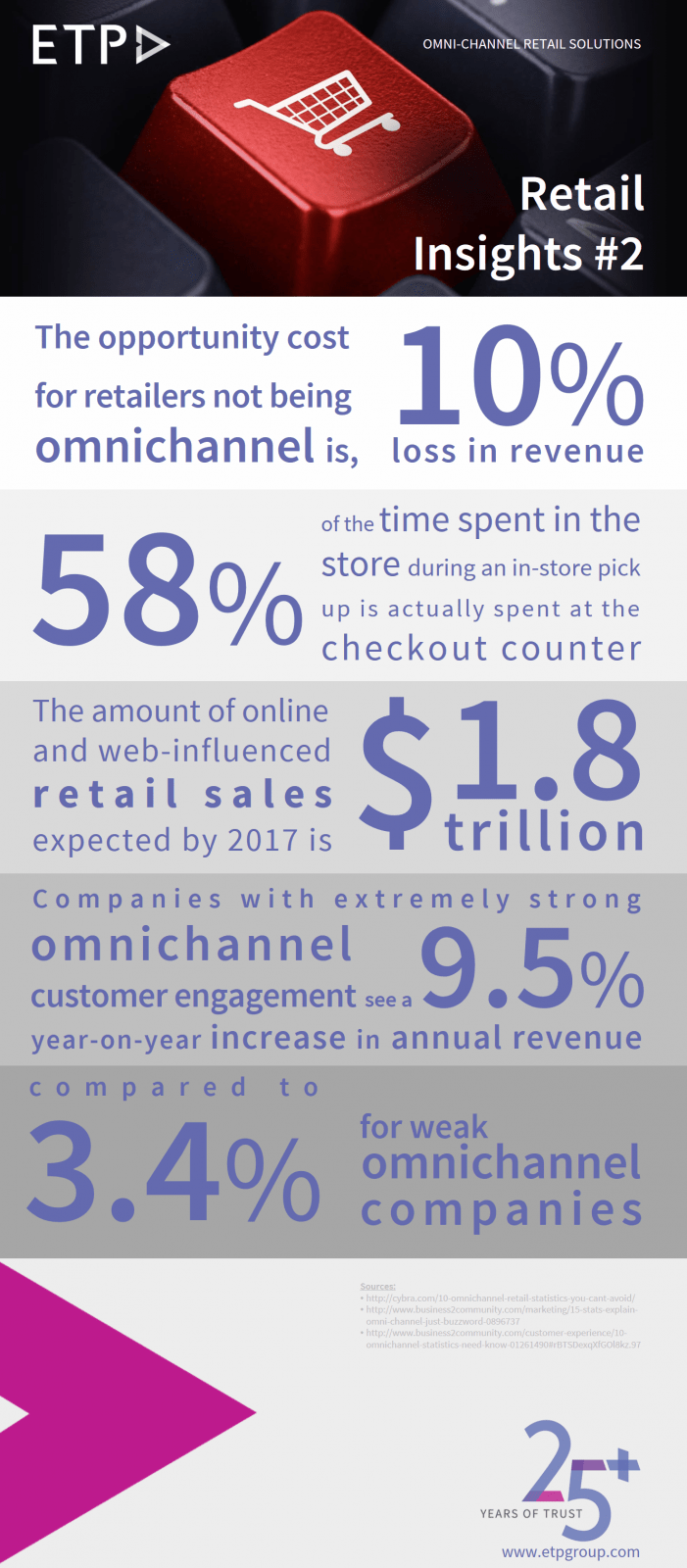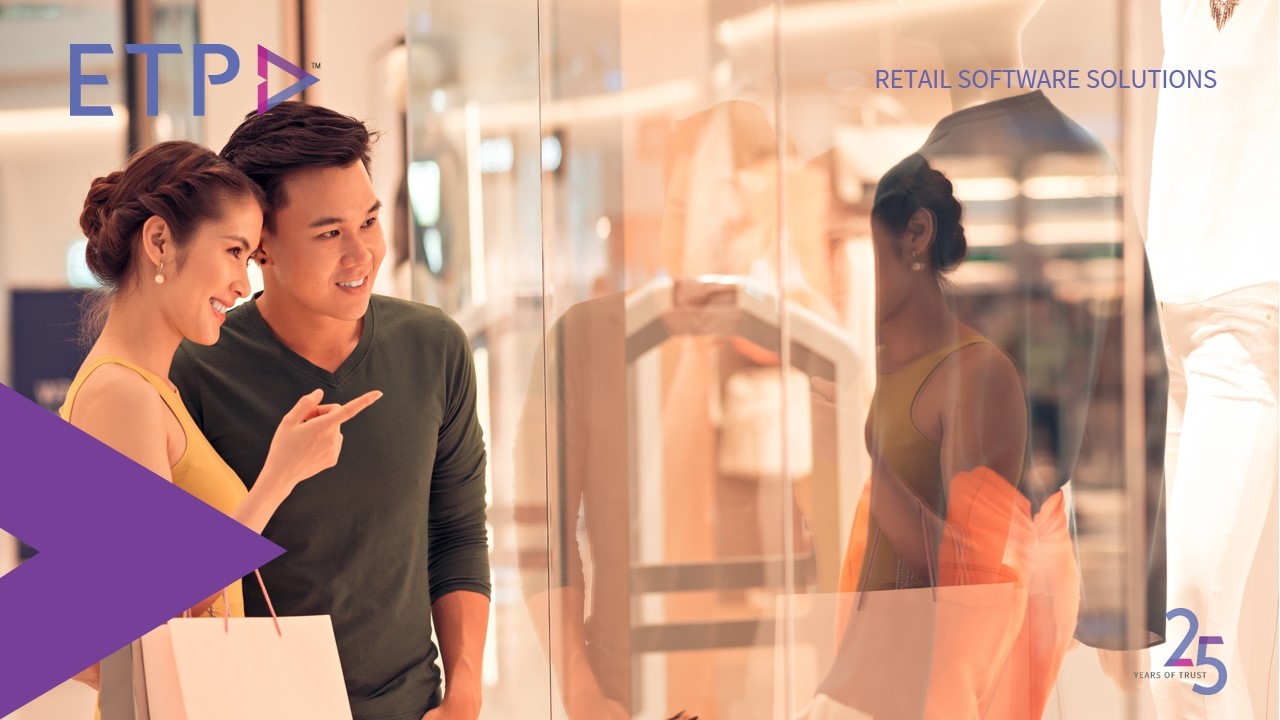
Meeting the complex expectations of the omni-channel shopper demands substantial investment in emerging and effective technologies. Let us look at the factors that are driving omni-channel growth before discussing the return on investment.
The number of smartphone subscriptions globally was 1.6 billion in 2013. According to a report produced by a leading mobile technology enterprise, this figure is expected to increase to 5.6 billion in 2019. 90% of the world’s population will then be able to access mobile Internet connections. This growth in Internet penetration and the immense increase in popularity of smartphones will only magnify omni-channel customer behavior exponentially. These trends point towards omni-channel being the only sustainable way of doing retail business in the future as ‘one-click shopping’ becomes a reality.
Innovation in technology is also driving the retailers’ interest in omni-channel retailing, supporting new capabilities in personalized consumer engagement. Advances in store digitization technologies, predictive logistics, virtual assistance, and customer recognition systems are game-changers. These new technologies have the potential to disrupt existing business models in the same way as e-Commerce disrupted traditional brick-and-mortar sales few years ago.
In future, diverse business models will be driven by the modern day consumer’s preferences. The point in case will be e-commerce giants who are trying to add physical presence to get closer to the customers. Meanwhile, brick-and-mortar retailers are adding online stores and also reinventing the customer experience and the role of their stores (for example, by using stores as fulfillment centers for online orders).
Social media is becoming an increasingly powerful sales and marketing channel. Online companies sit on a goldmine of rich consumer data and they can easily use this to customize offers and target consumers more effectively.
Thus today, technology enables consumers to be present anywhere and everywhere and to meet these consumers in their comfort zone, retailers need to be present wherever they are. For this, they need to invest in modern retail technologies that allows a seamless omni-channel customer experience.







